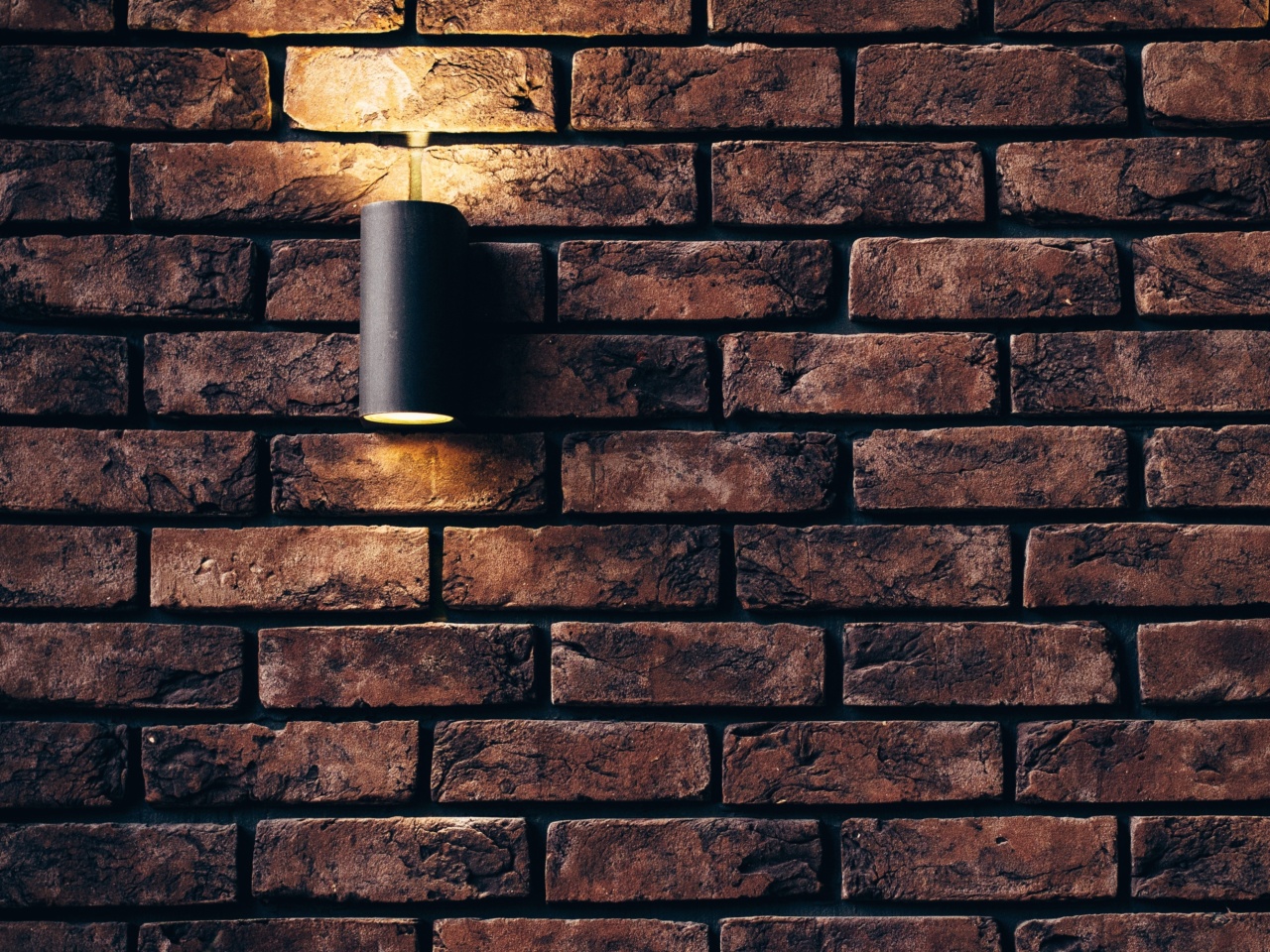Living with sciatica can be a daunting and painful experience. This condition affects the sciatic nerve, which runs from the lower back through the hips and down each leg.
The pain associated with sciatica can be sharp, shooting, or dull and aching, and it can significantly impact a person’s daily activities and quality of life. However, there are coping strategies that can help individuals manage their symptoms and improve their overall well-being.
Understanding Sciatica
Before delving into coping strategies, it is crucial to grasp a basic understanding of sciatica. The sciatic nerve is the longest nerve in the body, and when it becomes irritated or compressed, it leads to sciatica.
The most common cause of sciatica is a herniated or slipped disc in the spine, which puts pressure on the nerve. Other causes include spinal stenosis, spondylolisthesis, muscle spasms, and injury.
Symptoms of Sciatica
Symptoms of sciatica can vary from person to person, but they typically include:.
- Sharp, shooting pain down the leg
- Dull or aching pain in the lower back
- Numbness, tingling, or weakness in the leg or foot
- Difficulty sitting or standing for prolonged periods
- Worsening pain with movement, coughing, or sneezing
Medical Treatment Options
When dealing with sciatica, it is crucial to seek medical evaluation and guidance. A healthcare professional can provide an accurate diagnosis and recommend appropriate treatment options. Common medical interventions for sciatica include:.
- Prescription pain medications to manage pain
- Steroid injections to reduce inflammation
- Physical therapy to strengthen muscles and improve flexibility
- Chiropractic adjustments to alleviate pressure on the nerve
- Surgical intervention in severe cases or when conservative treatments fail
Self-Care Strategies
In addition to medical treatments, there are various self-care strategies that can help individuals cope with sciatica. These strategies include:.
1. Heat and Cold Therapy
Alternating between heat and cold therapy can provide temporary relief for sciatica pain. Applying a heating pad or hot pack to the affected area can help relax muscles and increase circulation.
On the other hand, cold packs or ice wrapped in a cloth can help reduce inflammation and numb the area.
2. Gentle Exercise
Engaging in gentle exercises can help alleviate sciatica pain and prevent future episodes. Low-impact activities like walking, swimming, and yoga can improve flexibility, strengthen muscles, and promote healing.
It is essential to consult with a healthcare professional or physical therapist before starting any exercise program.
3. Posture and Ergonomics
Improving posture and ergonomics is key to managing sciatica. Maintaining proper posture while sitting, standing, and lifting can help reduce pressure on the sciatic nerve.
Using ergonomic chairs, supportive pillows, and a conducive workspace setup can also contribute to optimal posture and spinal alignment.
4. Pain Medication
Over-the-counter pain medications, such as nonsteroidal anti-inflammatory drugs (NSAIDs), can provide temporary relief from sciatica pain.
However, it is essential to follow the recommended dosage and consult a healthcare professional if the pain persists or worsens.
5. Stretching and Flexibility Exercises
Specific stretching and flexibility exercises can help alleviate sciatica symptoms. These exercises target the muscles and ligaments surrounding the sciatic nerve, promoting relaxation and reducing pressure.
A physical therapist can guide individuals in performing the most effective stretches.
6. Mind-Body Techniques
Practicing mind-body techniques, such as deep breathing, meditation, and relaxation exercises, can help individuals manage the pain and stress associated with sciatica.
These techniques promote relaxation, reduce muscle tension, and improve overall well-being.
7. Supportive Mattress and Bedding
Investing in a supportive mattress and adequate bedding can significantly impact sciatica pain. A medium-firm mattress that offers proper spinal alignment and adequate support can prevent discomfort and minimize pressure on the sciatic nerve.
8. Assistive Devices
Using assistive devices, such as lumbar cushions or seat cushions, can provide additional support to the lower back and help alleviate sciatica pain while sitting for extended periods.
These devices can be especially helpful for individuals who work in office settings or spend prolonged periods in a seated position.
9. Stress Management
Stress can exacerbate sciatica symptoms, so implementing stress management techniques is crucial for effective coping.
Engaging in activities such as meditation, yoga, journaling, or pursuing hobbies can help reduce stress levels and promote relaxation.
10. Seeking Emotional Support
Living with sciatica can be emotionally challenging. Seeking support from family, friends, or joining support groups can provide individuals with an outlet to share their experiences and emotions.
Connecting with others who understand the challenges of living with sciatica can offer encouragement and support.
Conclusion
Living with sciatica can be physically and emotionally challenging, but by implementing coping strategies and seeking appropriate medical treatment, individuals can effectively manage their symptoms and improve their quality of life.
It is essential to work closely with healthcare professionals to develop a personalized strategy that addresses individual needs and ensures a comprehensive approach to managing sciatica.






























